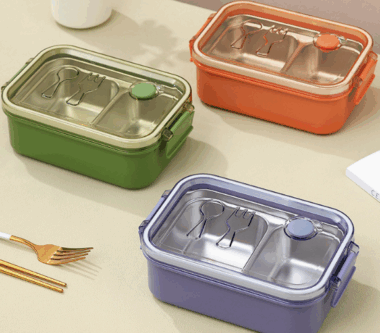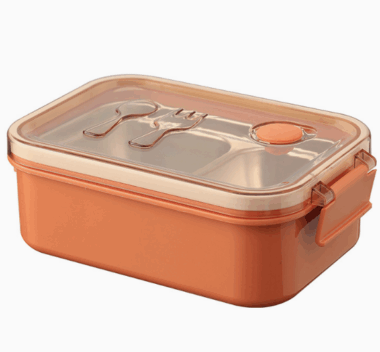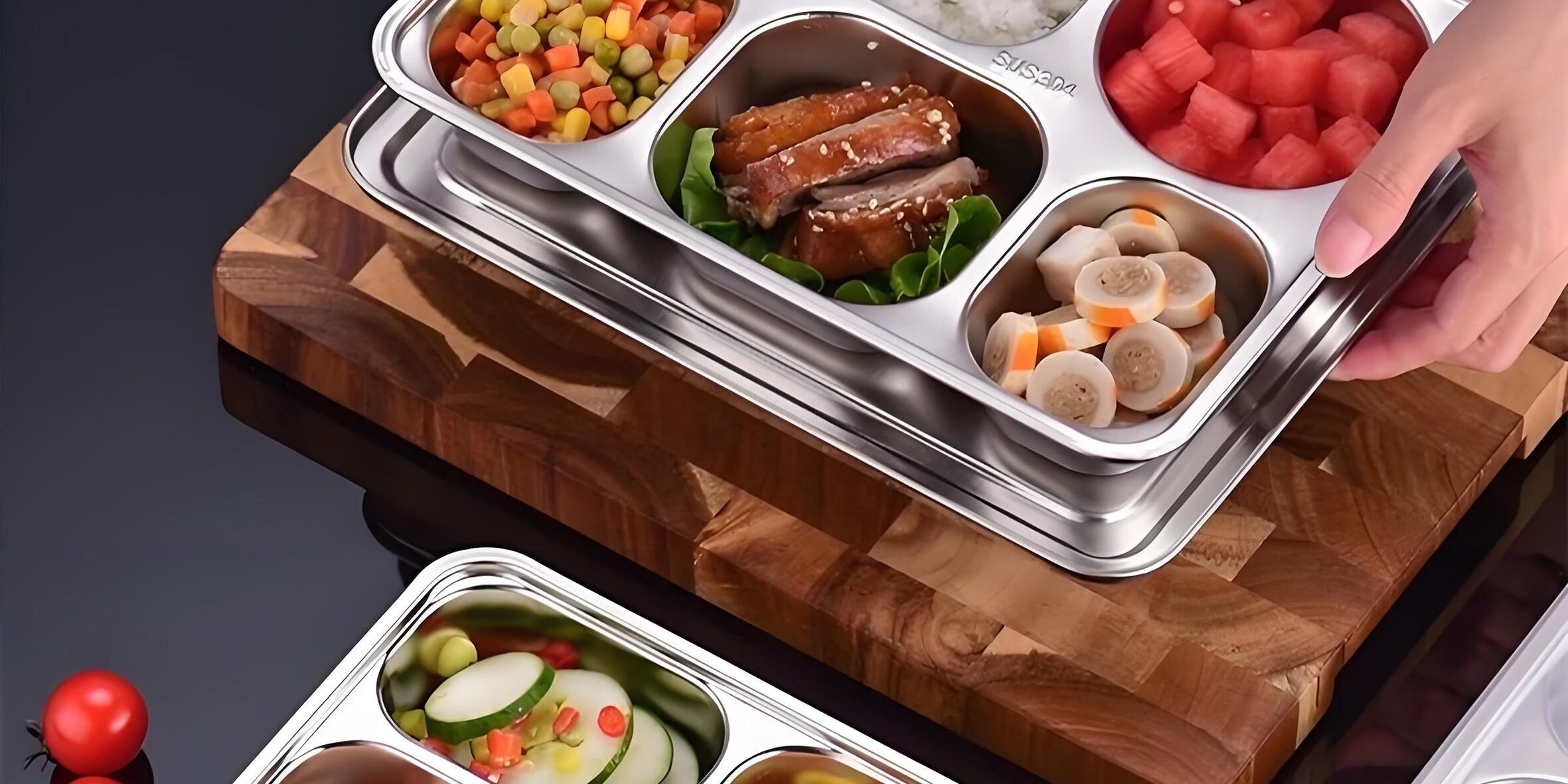Introduction: A Growing Debate in the Market
When it comes to food storage and meal prep solutions, two options dominate the global lunch box industry: glass lunch boxes and plastic lunch boxes. Each material has distinct advantages, making the choice highly dependent on buyer needs and market segments. For importers, distributors, and retailers, understanding the differences is critical for effective procurement.
The Case for Glass Lunch Boxes
Glass lunch boxes are increasingly popular for premium buyers and eco-conscious consumers. Their key advantages include:
-
✔ Safety & Hygiene – 100% BPA-free, non-toxic, and resistant to staining.
-
✔ Heat Resistance – Ideal for microwave and oven use.
-
✔ Premium Appeal – Often marketed as high-end lifestyle products.
-
✔ Sustainability – Fully recyclable and long-lasting.
Distributors often source directly from Glass Lunch Box manufacturers to meet the rising demand for food-safe, durable storage options.
The Case for Plastic Lunch Boxes
Plastic remains the most widely used lunch box material due to its affordability and versatility. Its advantages include:
-
✔ Low Cost – Ideal for bulk orders in schools, corporate programs, and retail chains.
-
✔ Lightweight – Easy to carry for children and commuters.
-
✔ Wide Variety – Available in multiple colors, shapes, and compartment designs.
-
✔ Durable – Resistant to drops and everyday wear.
For mass-market orders, many buyers choose a reliable Plastic Lunch Box supplier that offers flexible wholesale options.
Buyer Considerations: Which to Choose?
The decision between glass and plastic depends on key factors:
-
Target Market – Premium customers prefer glass, while budget-conscious markets choose plastic.
-
Application – Schools and corporate giveaways typically opt for plastic, while health-focused retailers prefer glass.
-
Regulations – Some regions mandate BPA-free plastics, boosting demand for glass alternatives.
-
Price vs. Longevity – Plastic is cost-efficient, while glass offers longer-term value.
Wholesale and Customization Opportunities
Both glass and plastic lunch boxes are in strong demand for wholesale procurement. OEM and private-label customization—such as logo printing, branded packaging, and eco-friendly labeling—add significant value for distributors.
Retailers often maintain mixed inventories, offering both plastic and glass lunch boxes to cater to diverse customer groups.
Market Trends in 2025
-
Eco-conscious Growth – Rising global preference for recyclable materials.
-
Hybrid Products – Some manufacturers combine glass bases with bamboo or silicone lids.
-
E-commerce Surge – Both glass and plastic lunch boxes sell strongly online due to meal prep culture.
-
Private Label Expansion – Retailers increasingly demand custom designs to differentiate in crowded markets.
Conclusion: A Balanced Portfolio for Buyers
There is no one-size-fits-all answer. Glass lunch boxes excel in safety and sustainability, while plastic lunch boxes dominate in affordability and versatility. For global buyers, the best strategy is to work with trusted manufacturers and suppliers that offer both options, ensuring flexibility across different customer segments.










